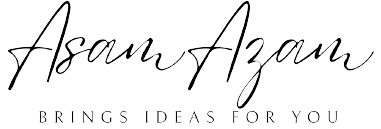The main question is which type of content is high quality, SEO optimized, and ranked in Google. The answer is that the content is informative for the audience that visits your website, and the content you wrote is mainly for the audience and not to get ranked in Google. Because Google ranks only those websites that provide informative content to users.
In this article, we’ll explore essential strategies to help you create High Quality and SEO Optimized Content that not only engages your audience but also ranks well in search engine results.
- Top 7 Best Blog Hosting Sites Free for Beginners in 2024
- How to Start a Blog for Free and Make Money?tips for beginner
Top 7 Tips for Creating High Quality and SEO Optimized Content
With these effective SEO strategies for Creating SEO Optimized Content for Beginners, you can create content that is relevant with your audience but also ranks well in search engine results. Remember to focus on providing tips while writting your content for maximum visibility.
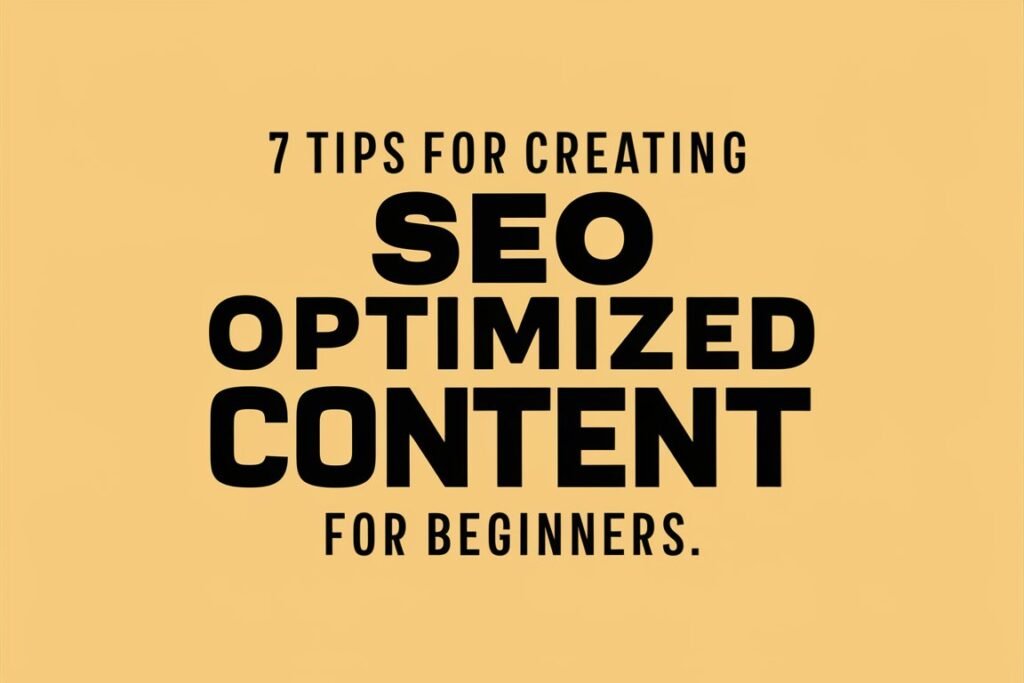
1. Choose a Niche:
First of all, choose a topic or niche on which you have to write an article. If you are a beginner, you must choose a less competitive niche that will help you rank first on Google. If you choose a highly competitive niche at the start, it will be very difficult for you to get ranked. Because highly ranked websites also cover that topic and are ranked on the first page, it makes it difficult for you to rank.
So as a beginner, choose a niche that is least competitive.
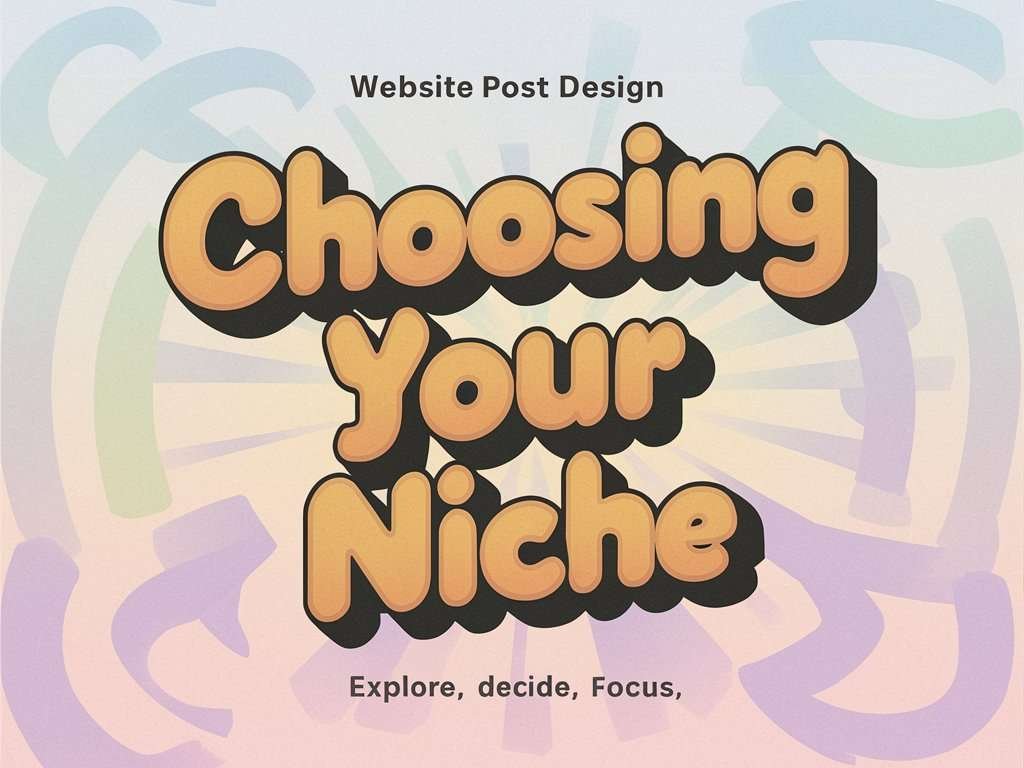
Here are some tips to find the least competitive niche. I make sure that helps you a lot.
- Keyword Analysis: One of the best way of finding least competitive niche is keyword analysis. There are many keyword research tools in market that helps you in keyword analysis.
- Emerging Trends: Keep an eye on newly emerging trends, because very less websites cover these emerging trends.
- Micro-Niche Exploration: Explore micro-niches within broader categories to find less competitive spaces.
2. Keyword Research:
Keyword research is one of the most important steps in creating SEO-optimized content for beginners, because most beginners make mistakes here because no one guides them on how to research keywords.
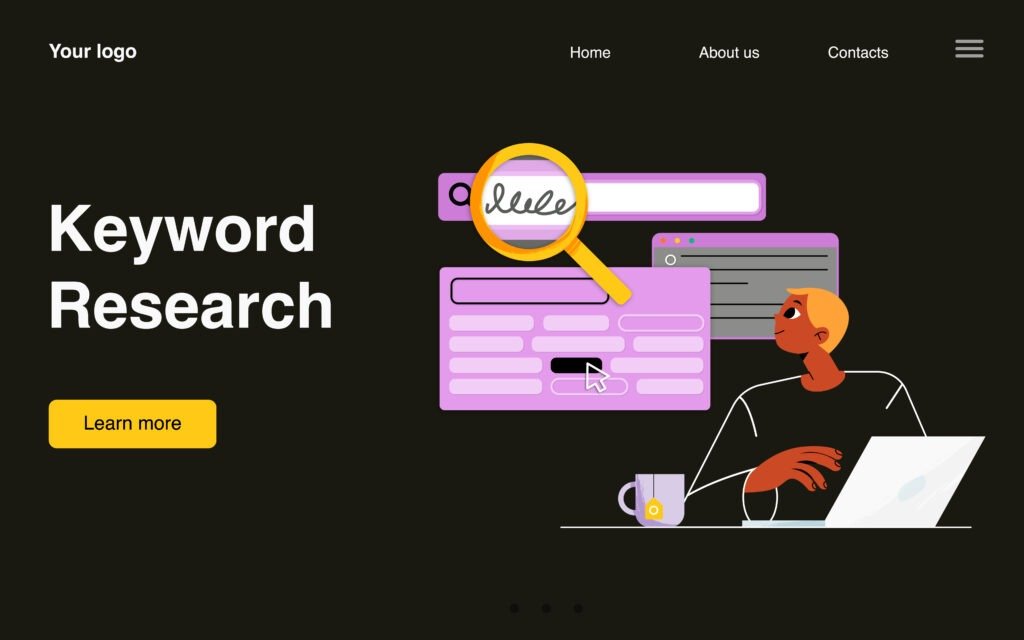
There are two types of keywords: short-tail and long-tail. If you are a beginner, I suggest you use long-tail keywords because these are the least competitive. Short-tail keywords are highly competitive.
What is short tail and long-tail keywords?
Long-tail keywords are niche terms with lower search volume and less competition. Like travel to Kashmir, watching a movie, or taking a cup of coffee.
3.Create Catchy Title and Meta Descriptions:
Having a catchy title and meta description increases your chances of ranking on Google. If you have a compelling title and description, there is a greater chance that people will click on your article on the Google search page. Always use your focus keyword in the meta description and title because it improves the SEO of your blog.
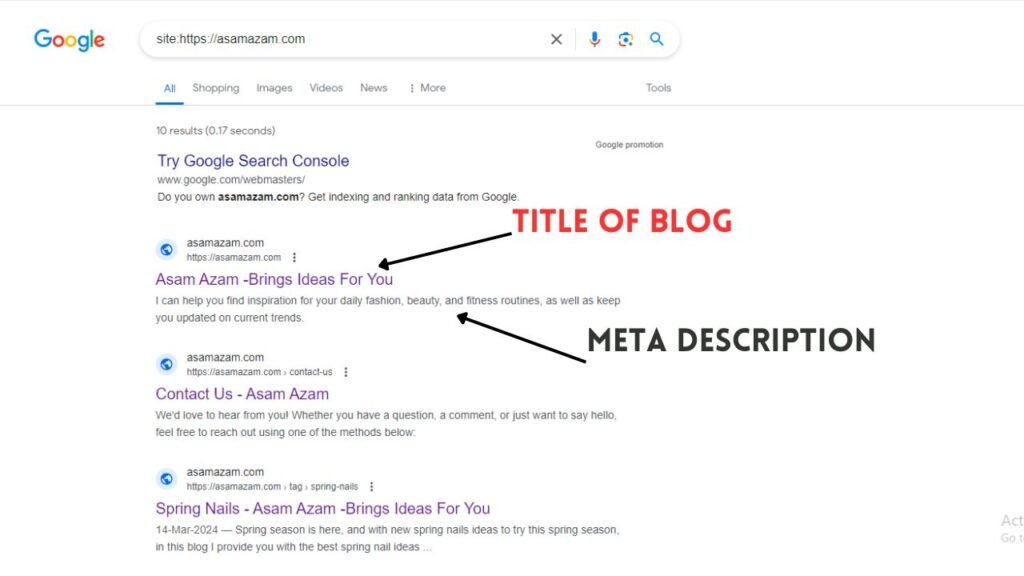
The length of your article title must be 60 characters long. Meta descriptions can be any length; however, Google commonly reduces them to around 155–160 characters. Meta descriptions should be between 50 and 160 characters long so that they are appropriately descriptive.
4. Provide Value to Your Readers:
When you start writing an article, make sure that you provide valuable information in the article that your reader wants. If you provide value to your readers, there is a higher chance that Google will rank your article. Always write for your audience and not for your Google ranking.
Google’s goal is to provide the best information to the audience who visits it, which is why Google ranked those websites that gave informative content to the audience.

Provide Value to Your Readers for creating seo optimized content
Don’t place too many keywords in your article because it is called a scam in Google Eyeview, and Google has deranked your website. Many people make those mistakes, and as a result, their websites are deranked.
5. Optimize On-Page Elements:
In this step of creating SEO optimized content, we learn about placing links on your blog posts with headings, subheadings, and images with alt text. There are two types of links: inbound links and outbound links.
What are inbound and outbound links?
Inbound links: Inbound links are links that come from other websites or a different domain name.
Outbound links: Outbound links are those links on your website that link out to websites with a different domain name.
What is heading and sub heading?
What is the alt text of an image?
6. Make Your Content Easy to Read:
Use short sentences and paragraphs to improve readability. Divide your content into easy-to-understand sections with clear headings, subheadings, and bullet points. Add multimedia elements like images, videos, and infographics to enhance engagement.
These things improve your SEO and allow your audience to easily understand your article.
7. Promote Social Sharing:
Encourage readers to share your content by adding a social media button to your blog post. Engage with your audience on social media platforms to increase visibility and drive traffic to your website.
Include social networking links on your website to promote social sharing.

Conclusion:
By adapting these top 7 tips to your content writing, you can create SEO-optimized content that not only engages your audience but also ranks highly on Google. Remember to focus on providing SEO tips, optimizing for search engines, and staying updated to drive success with your content.
